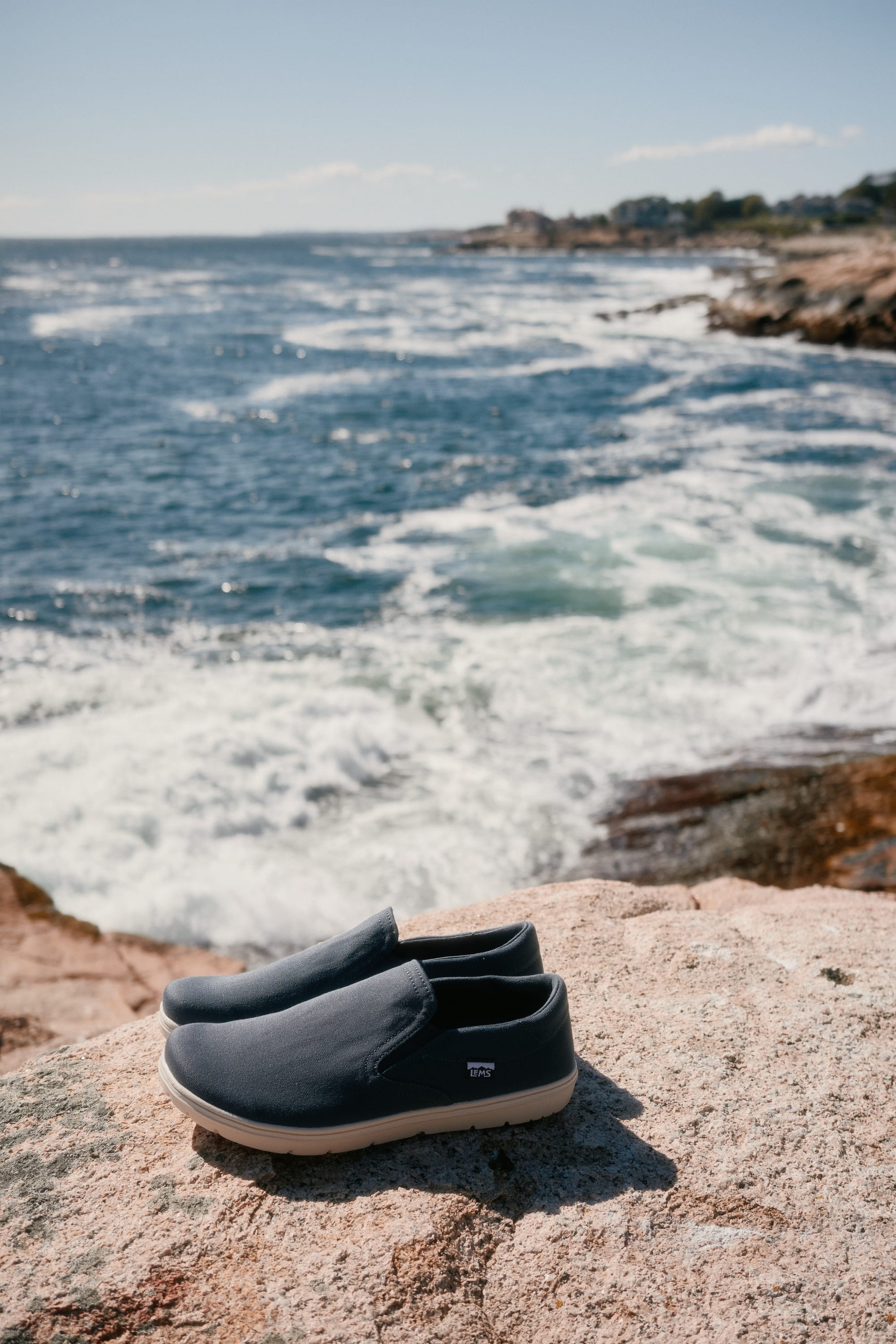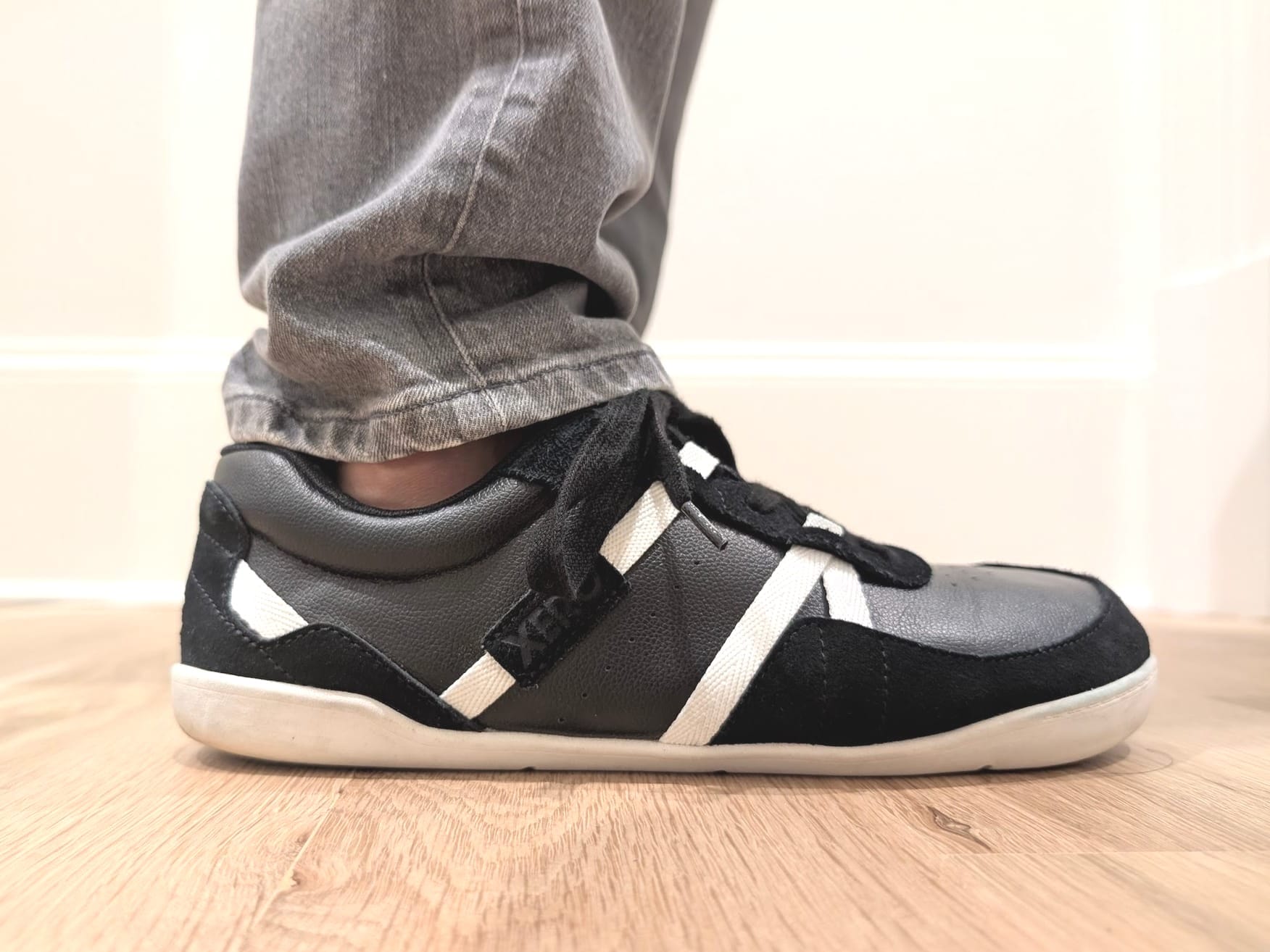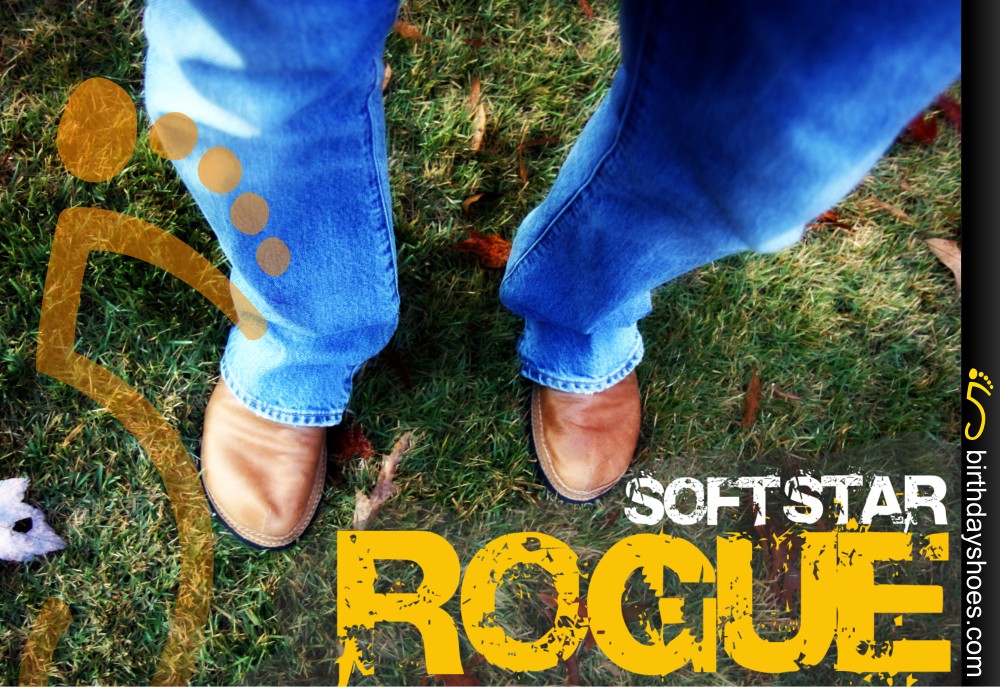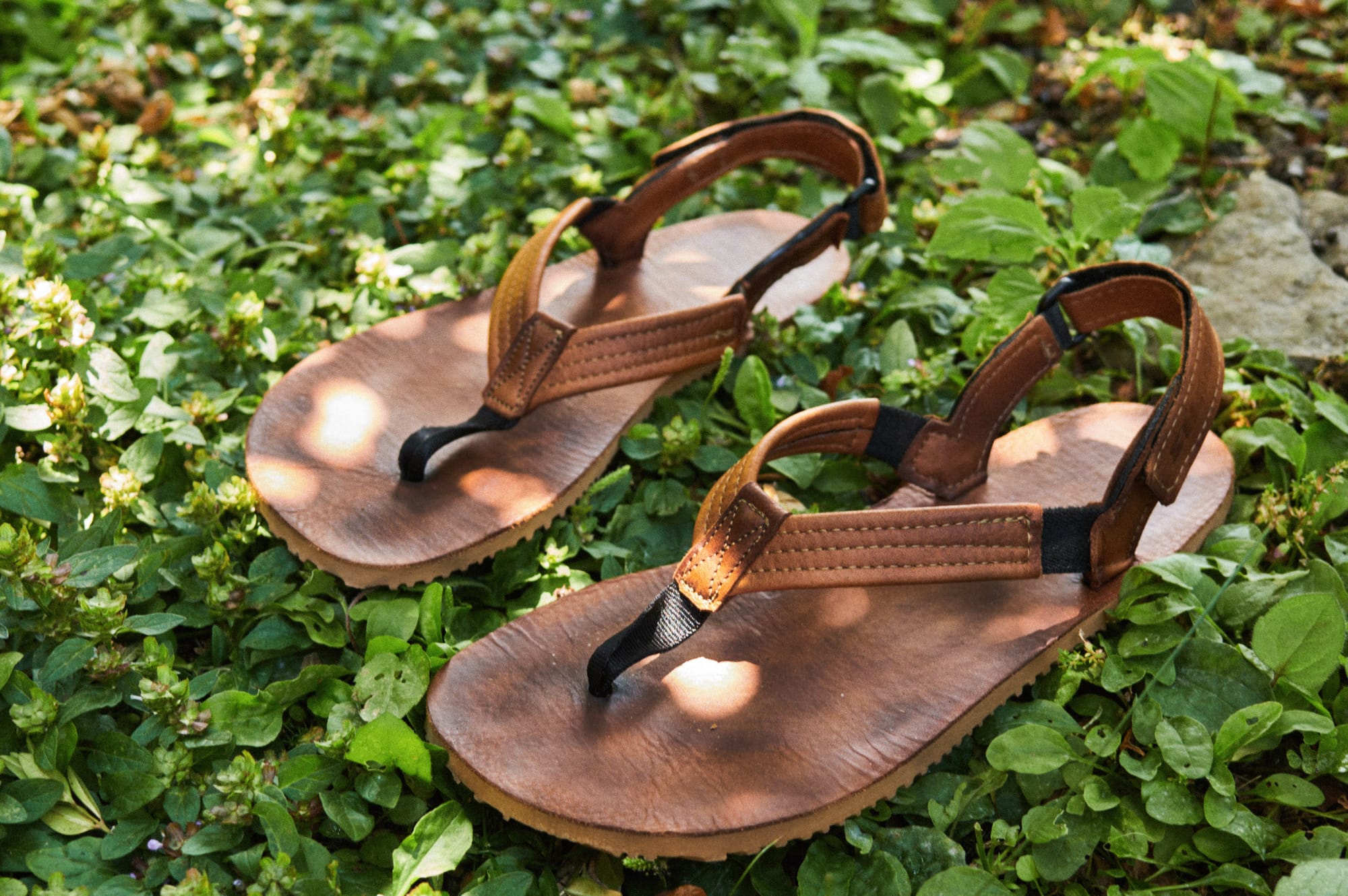Huaraches: Review of the Original Minimalist & "Barefoot" Sandals
Vibram FiveFingers opened my eyes to minimalist shoe running. Ever since, I've been on a quest to find the best balance of lightweight protection and comfort without sacrificing flexibility and ground feel. Enter huaraches.
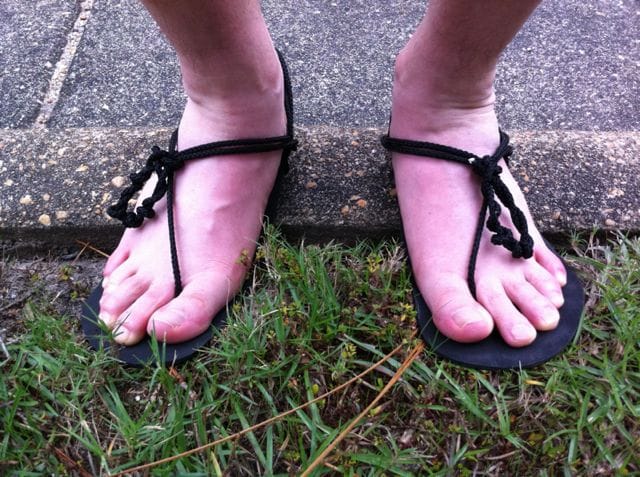
Vibram FiveFingers opened my eyes to minimalist shoe running and ever since, I've been on a quest to find the best balance of lightweight protection and comfort without sacrificing flexibility and ground feel. After VFFs, my next stop was at Xero Shoes where I purchased a kit to make my first pair of huaraches, running sandals worn by Tarahumara and featured in Born to Run. From there I began to experiment with different lacing materials, soles, and tying methods. Now, I maintain a huarache kit with all of the essentials needed to whip up a pair in a moment's notice.
This article will provide an introduction to huaraches to help get you started along with some tips I've picked up after making a few dozen for myself, family, and friends.
Why Huaraches?
If you're already wearing Vibram Fivefingers, you know that less is more. With huaraches, even less is even more! Sure you could go all the way to pure barefoot running, and I do so when the conditions warrant. However for me, I've found huaraches to be the next best thing without having to laboriously scrub my feet or worrying too much about what I might encounter on the road or trail. Huaraches give you a truly minimal shoe that is completely flat, free of any support or cushioning, and plenty of room to spread those toes.
The jump from from FiveFingers to huaraches was a bit like the jump from modern running shoes to FiveFingers. For starters, my huarache sandals are about 40% lighter than my Vibram Bikila FiveFingers, but the biggest difference is the open-air benefits of a sandal. Forget about the dreaded Vibram stink and feet sweating continuously into a closed shoe or even a sock plus a shoe. The cooling you receive through your feet is a huge benefit with an open sandal. The combination of lightweight sandals and airflow though your toes and across your feet is a great feeling.
Huaraches are cheap and fun to make! For example, custom made huaraches from Xero Shoes start at $39.95, less half of what you'll pay for a pair of Vibram FiveFingers. If you buy the materials yourself, they get ever cheaper. I've found I can make a pair for about $20 worth of materials. Finally, there is something very pleasing about making your own shoes which are tailored to your needs and your measurements.
For all the benefits of huaraches, they aren't perfect for every situation. For example, the other day I must have run through a fire ant hill as evidenced by the dozen or so bites on my toes — something I wouldn't have experienced in closed shoes. Also, though I'm sure it is possible, I was unable to endure a below freezing run last winter in Michigan in my huaraches: I broke out my Vibram Flows for that run. I consider my huaraches to be perfect running footwear for almost any occasion.
Purchasing Huaraches
Many people are hesitant to make their own huaraches citing a lack of know-how. It only takes some basic tools, a few materials, and very little skills. However, If you'd rather someone else do the work, there are many options. I started with Xero Shoes and I recommend them highly. You can order a kit, or they'll send you custom soles cut to a template of your foot along with your choice of tying laces. Their website is a wealth of information too. Another excellent source is Barefoot Ted's Luna Sandals which offers a wide variety of material choices. You can get everything from a basic to a premium huarache and everything in between. Finally, I've been running recently in Branca sandals, and I plan to do a full review of them in the future.
Rolling Your Own

Let's start with the soles. I've been making mine from Vibram "Cherry" rubber. This is the material Xero Shoes originally used, however, they've since moved to a custom proprietary huaraches-specific sole they designed (more on this via a review of the Xero Shoes Connect and Contact here). The Cherry rubber is available in sheets of 4 mm and 6 mm thickness. I prefer the thinner 4 mm rubber, but I have a pair made from 6 mm rubber for especially rocky terrain. This material is easy to cut and is extremely durable. I've probably put 500 miles on a pair of 4 mm huaraches with no noticeable wear. Rubber for soles is a specialty item available from shoe repair shops. I've been purchasing sheets of Cherry Vibram rubber from Nordshoe on eBay.
Once you have your soling material, simply cut your foot's shape from it. I like to create a pattern of each foot using a sheet of white paper. Then I transfer the paper pattern onto the rubber. Rubber is difficult to mark with just any pen or pencil so I use a bright permanent marker to draw the lines. The advantage to using the intermediate paper pattern is you can flip it upside-down, place it against the underside of the rubber, and draw the lines on the bottoms of your soles. This way, there are no unsightly pen marks on the tops of your soles.
The next step is to decide upon your lacing method because that will determine the number and placement of the holes you have to make. I've experimented with a few different methods, but I found myself reverting back to my first, a slip-on method recommended by Steven Sashen, the founder of Xero Shoes. Check it out:
I like it because it minimizes the amount of lacing in contact with my skin while still firmly locking in my foot. Before I started running with them, I didn't like anything running between my toes — I didn't even wear flip-flops for this reason. However, after a few miles, the fears of anything between my toes vanished. I'm also wearing flip-flops now having rid myself of the between-the-toes phobia. There are plenty of different tying methods for huaraches including some that don't go between your toes. Search on keywords "huarache" and "tying" in YouTube and you'll find them.
Lacing methods are going to be a very personal choice so you might have to try different methods to find what works for you. I started with the slip-on method, tried a few others, but ended up where I started. Whichever method you choose, you'll want them to fit snugly. If they are too loose, your feet will slide about and cause unwanted rubbing against both the sole and the laces. Plus, your feet will clap loudly against the sole as they smack together upon hitting ground. Of course too tight is bad too as you don't want to cut off circulation nor do you want the laces to tear into your feet. Plan on making adjustments until you have it dialed in just right. One of the key advantages to the slip-on method is that once you have the laces the way you want them, you just slip them on and go!

There are plenty of options for lacing material. I've experimented mostly with different kinds of cord. My favorite for durability is accessory cord made of polyester with a nylon core. BlueWater makes some great accessory cord for around 20 cents per foot, and their "Niteline" at 33 cents per foot adds reflective stands for nighttime visibility. Go with the 3mm cord. Anything thicker adds unnecessary bulk and weight. For a less expensive alternative, you can try parachute cord. It is a bit a softer against the skin and comes in a variety of colors and patterns. It isn't as durable as the more expensive BlueWater cord, but you can't beat the price at less than 10 cents per foot. For most lacing methods, you'll need six foot of lacing per sandal. You can use regular shoe laces too, but they won't be as durable. I've used these boot laces with success.

Conclusion
I've run in a half dozen organized races in the last year and have yet to encounter a huarache wearer. I'm still hopeful!
I hope I've opened your mind a bit toward the idea of huaraches. These inexpensive, easy-to-make sandals have completely changed my life and the lives of many who have also tried them. I'd love to hear from other huarache makers so please share with us any tips and tricks you know in the comments.
Originally published July 12, 2011. Updated April 30, 2025.

